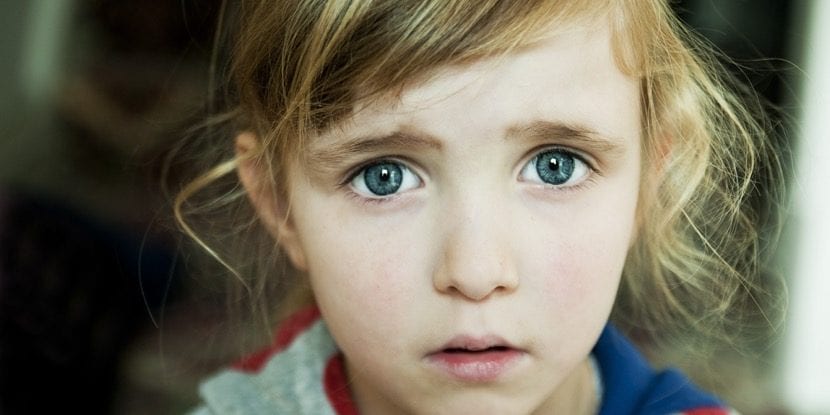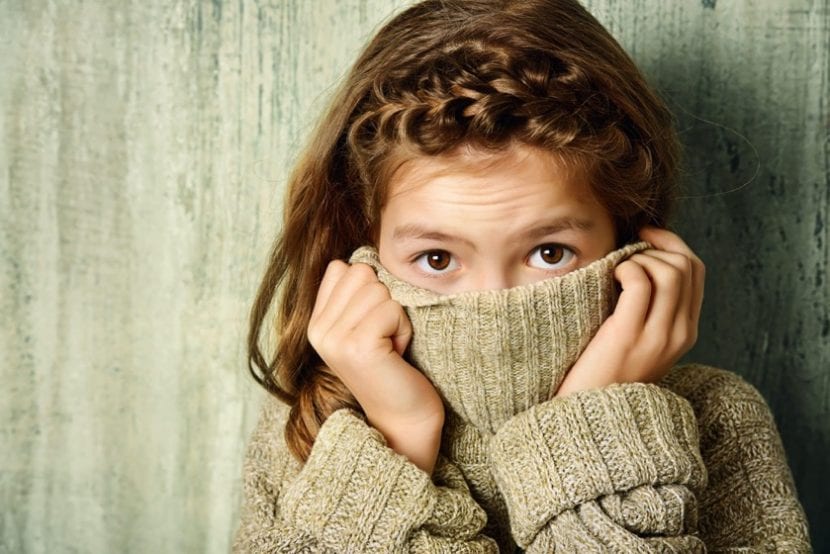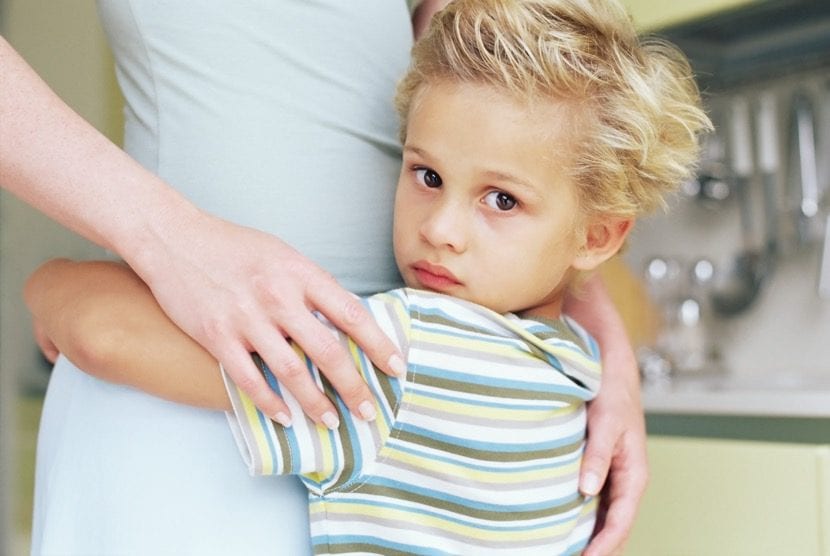
Children may seem anxious but parents may not realize that they have anxiety and that they are really having a hard time. Observing the warning signs of anxiety in children can be tricky, as children under the age of five may only have some of the symptoms of PTSD that adults experience.
For this reason, it is difficult to know if a child under 5 years of age is really having stress or anxiety problems that are seriously affecting their development. There are families that experience car accidents, the death of a relative, or even a kidnapping.
The after-effects of such trauma can be seen more easily in adults, but spotting the warning signs of anxiety in children can be difficult, especially in children under 5 years of age. These children often have trouble communicating as most are not yet well in control of language use.
Signs Your Child Has PTSD
If you suspect that your child may be suffering from post-traumatic stress disorder, then you will have to watch out for the following signs that may make it clear that you need help from a professional:
- Irrational fear of strangers or of being separated from parents
- Trouble sleeping or nightmares
- Says words or represents symbols that may be related to the trauma
- Reproduces themes that are related to possible trauma
- Regression in developmental skills
- Irritable or aggressive behavior
- Loses interest in school, friends, or activities you used to enjoy
How can you help him
If your child is less than three years old, he will need routines, structure, predictability and a lot of affection from his caregivers and close people. This will help them cope better. In this way, avoid unnecessary separations and give your child lots of hugs. You can also do relaxing activities such as painting, making playdough, singing, etc.
If, on the other hand, your child is between 3 and 5 years old, then you need to listen to your child and discuss their concerns with you. Help your child to identify feelings with words, to be able to name their emotions. In this way you will be able to verbalize what is happening to you instead of manifesting it with negative behaviors.
Instead of telling him to stop crying and go to bed, it's better to say something like, 'You really are afraid of the dark, don't worry because I'm next to you.' It is important to follow routines and set limits with consistency and gentleness, this will give your child a sense of security.
If you find that your anxiety symptoms are not improving and that it is getting worse, then it will be necessary that you go to a professional so that it can help you to deal with the situation and that your child can restore his / her emotional stability.

